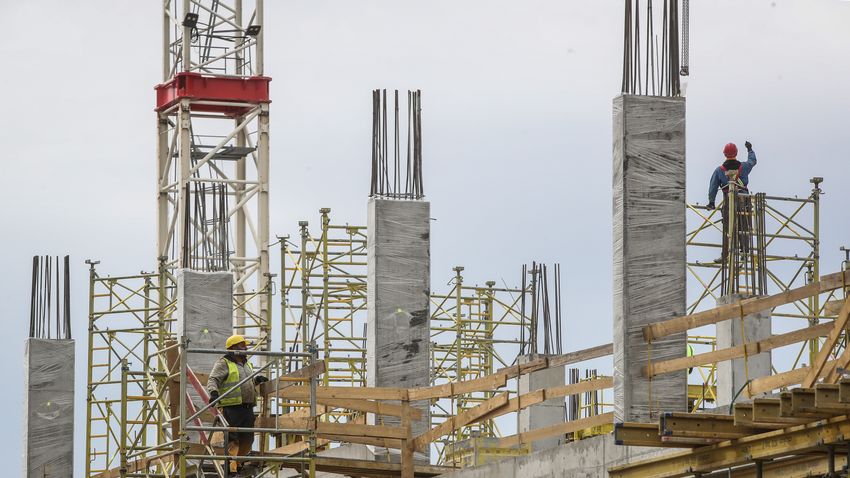Hungary’s GDP rose by 8 percent year-on-year in the first quarter of the year according to seasonally and workday-adjusted data released by the Central Statistics Office (KSH) on Tuesday.
Compared with the previous quarter, the economy grew by an adjusted 2.1 percent.
Within the industry, the production of food and beverages, oil refining and the manufacturing of electrical equipment were particularly significant, in addition to the expansion in sectors such as trade, accommodation and food services, transport, and storage.
The growth of the economy was extremely dynamic and significantly exceeded expectations — not only was the annual index outstanding, but quarter-on-quarter growth was also favorable, meaning that the increase in economic performance was not just largely due to spillover effects. Expansion rests on a broad base, with most sectors of the economy contributing to it, but industry and market services have played a major role.
“In the latter, retail sales driven by wage increases and government transfers, as well as tourism from a low base due to last year’s restrictions related to the coronavirus, and the transport sector, played a major role,” said Gábor Regős, head of the Macroeconomic Business Unit at the Századvég think tank.
He indicated that within the industry, data highlighted the performance of both the food industry and oil refining — in which MOL oil group’s favorable performance may have played a role — partly due to the growing volume and partly due to the relatively low purchase price.
“In the case of detailed data, it will be interesting to see exactly how the investment and the foreign trade balance affected economic performance. So, the impact of the war is not yet felt in the first-quarter data,” Regős explained.
“Thanks to the robust performance, the growth of domestic GDP may have remained at the forefront of the union, and this year the catching-up may continue,” said Gergely Suppan, chief analyst at Magyar Bankholding.
“The expansion is almost 6 percent higher than before the epidemic,” he added. According to Suppan, a slowdown is expected in the coming quarters, partly due to base effects and partly due to the negative effects of the war. He added that growth may slow significantly on a quarterly basis, but he did not expect a decline by default.






